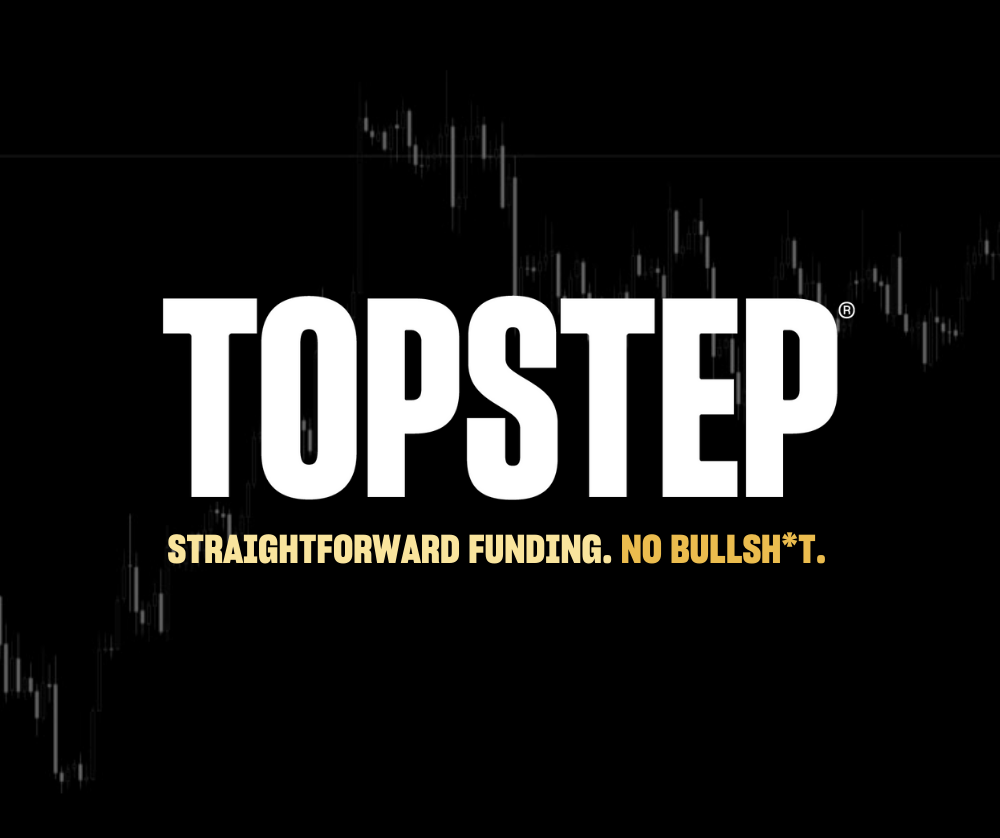Had it not been for the “valuable secret” W.D. Gann pledged to have “clothed in veiled language” in his book, “The Tunnel Thru the Air,” it could have passed for just another roaring ’20s science-fiction novel. However, students have pored over the words, hoping to unlock the philosophy behind Gann’s techniques. Are they on a path to enlightenment or merely chasing a white rabbit into Alice’s Wonderland?
Robert Gordon, Gann’s fictional persona in “The Tunnel,” predicts the coming of World War II, which he believes will be fought in the air. Gann was a particularly religious person, and he based this belief on predictions attributed to the prophets Daniel and Ezekiel. “The Tunnel” is replete with biblical citations pertaining to astrological time cycles that Gordon uses to predict the future, including future commodity prices.
In Gordon’s world, this works, and as a professional futures and commodities trader, he follows these time cycles to generate a fortune from trading cotton. The rest of the plot covers Gordon’s plans to use his trading proceeds to build an invisible airship and “air tunnel” to ensure America wins the war. The airship is to keep the movements of the American army out of the enemy’s sight, while the air tunnel is to trap and disable the enemy’s aircraft. The blueprints for the designs are based on a biblical command to the prophet Ezekiel to build a chariot drawn by four creatures; beside each is a “wheel within a wheel with tall and awesome rims.”
Gann writes that he considers the Bible a scientific text on some level, and he suggests that his book borrows biblical concepts that will demonstrate “the process by which man may know all there is to know, including the stock market.” At the same time, he reveals that his market predictions are based on “geometry and mathematics, just as an astronomer does, based on immutable laws” and reiterates that his “calculations are based on the cycle theory and on mathematical sequences.” It’s important to note, however, that scientific explanations of these sequences do not appear in the book.
What the book does include, however, is Gordon’s meticulously dated and priced trading log. The log spans pages 103-172, and is the only example of Gann’s trading activity in the book. Given that these pages contain numerical data, it is where the secret to Gann’s “elusive time factor” should be found.
Lessons learned
However, “The Tunnel” is light on trading details. Surprisingly, Gann makes no reference to the Square-of-9, geometric angles or charts, and even omits Dec. 1, 1926, the date cotton prices bottomed, from Gordon’s trading log. While he laces the book with numerous references to “wheels within wheels,” possibly a loose allusion to the “clothed in veiled language” spiral of the Square-of-9, he discusses none of the tools required for cracking this book’s secret.
Without an application of the Square, its angles and the era’s cotton chart, it is impossible to analyze Gordon’s trades. It appears that a great deal of the material Gann said is in the book is missing. He does send this signal on page 78, where, in capital font, he boldly tells the reader that “it is not my aim to explain the cause of cycles.” He then adds, rather patronizingly, that “the general public is not yet ready for it and probably would not understand or believe it if I explained it.”
To put the puzzle together, we must refer to Gann’s Master Commodities Course, as well as plot a chart of Gordon’s trades.
On page 331 of the Master Commodities Course, Gann vaguely refers to the Square, saying: It is “important because nine digits are used for measuring everything. If we divide 360 degrees by nine, we get 40, which measures 40 degrees, 40 days, 40 weeks and 40 months, and shows why bottoms often come out on angles measuring one-ninth of the circle.
In Chapters 5A and 5B of the course, Gann elaborates upon the strength of the 180- and 360-degree angles, saying: “the 360-degree angle is strong because it ends the circle and returns to the beginning degree, and because it is opposite the 180-degree — the angle that equals half of the circle. As summer becomes hot and winter reaches frigid temperature extremes, 182 days later, so too does stock market action reach volatile extremes.” This is as far as Gann had ever gone to show the connection between the Square-of-9 and its 180- and 360-degree angles.
He had most certainly extrapolated from stories in the Bible that the seven years of famine followed by another seven years of plenty, and the 40 nights and 40 days of the Great Flood, indicate a 360-degree revolution of time. Eager to find a calendar-calculator capable of measuring time, and track the angular positions of spans, Gann turned to astrology where he discovered the zodiac’s cosmic clock — his Square’s prototype. It was humanity’s first instrument designed to track the movements of the sun, moon and the arrangement of planets that ancient civilizations used for maritime navigation at night and in projecting a river’s ebb and flow. Gann’s version of the zodiac navigates the ups and downs of markets.
Albert Einstein once said that had the laws of the universe been complex, he would have had no interest in them. Given that the major divisions of time, including the orbits of the inner and outer planets (Earth and its moon, Mercury, Venus, Mars, Saturn, Neptune, Jupiter and Uranus) are encoded onto the Square’s cardinals and diagonals (see “Time divisions,” below), intricate astrology masks the simplicity of its use and is, in fact, irrelevant to trading. If, for example, a stock advances for 28 days, and then declines for the same amount of time, knowing that the western cardinal’s numeral 28 denotes the length of one lunar month, does not, in any way, enhance your trading.

“Trading log” and “Diagramming success” (below) capture Robert Gordon’s trading activity from Dec. 1, 1926, though Oct. 6, 1927. However, from the amount of data Gann released, it is difficult to establish which axis of the Square governs cotton’s swings.


Nonetheless, it can be seen in “Square breakdown” (below) that all but two swings (Aug. 9-13, and Sept. 8-Oct. 6) terminated at an 180-degree angle. Given that the Sept. 8 peak, which signaled the wave’s end, terminated upon the northern cardinal on day 281 of the run (Dec. 1, 1926, though Sept. 8, 1927), it is likely that cotton’s major up and down swings adhere to the Square’s northern axis.

Missing key
It has long been suspected that Robert Gordon’s trading log contained the valuable secret Gann said he embedded into “The Tunnel Thru the Air.” For many students of Gann’s techniques, “The Tunnel” is among the first Gann books they’ve read, along with Gann’s Master Commodities Course.
These students, this author included, would be the first to grant Gann the credit he deserves for discovering the time factor — the mechanism that governs the behavior of markets. Gann was one of Wall Street’s supreme giants. However, in rereading “The Tunnel” knowing exactly what to look for and expecting to find chunks of Gann’s secret, it’s disappointing to find such details absent, even in code.
However, Gann’s time factor, the Square and simple instructions of its use, have survived. And in spite of Gann’s conviction that “the general public is not yet ready for it and probably would not understand or believe it if I explained it,” many of those who once struggled with Gann’s obscure writings, and intricate astrological charts, have grasped it, and held on tightly.
Pauline Novak-Reich was the manager of research-foreign exchange at the Australian & New Zealand Banking Corp.’s dealing room from 1980 to 1993. Her duties involved analysis and forecast of currencies, interest rates, equities and commodity markets trends, as well as overseeing dealers’ intraday trading. In 2005 she authored “The Bell Does Ring” (John Wiley, Australia). This article is based on elements of her upcoming book, “Mystifying Square, Divine Proportions — Nature’s Black Box.” She can be reached at pauline.reich@optusnet.com.au.
Pauline Novak-Reich is the former manager research-foreign exchange at the ANZ’s (Australian & New Zealand Banking Corp.) dealing room from 1980 -1993.




